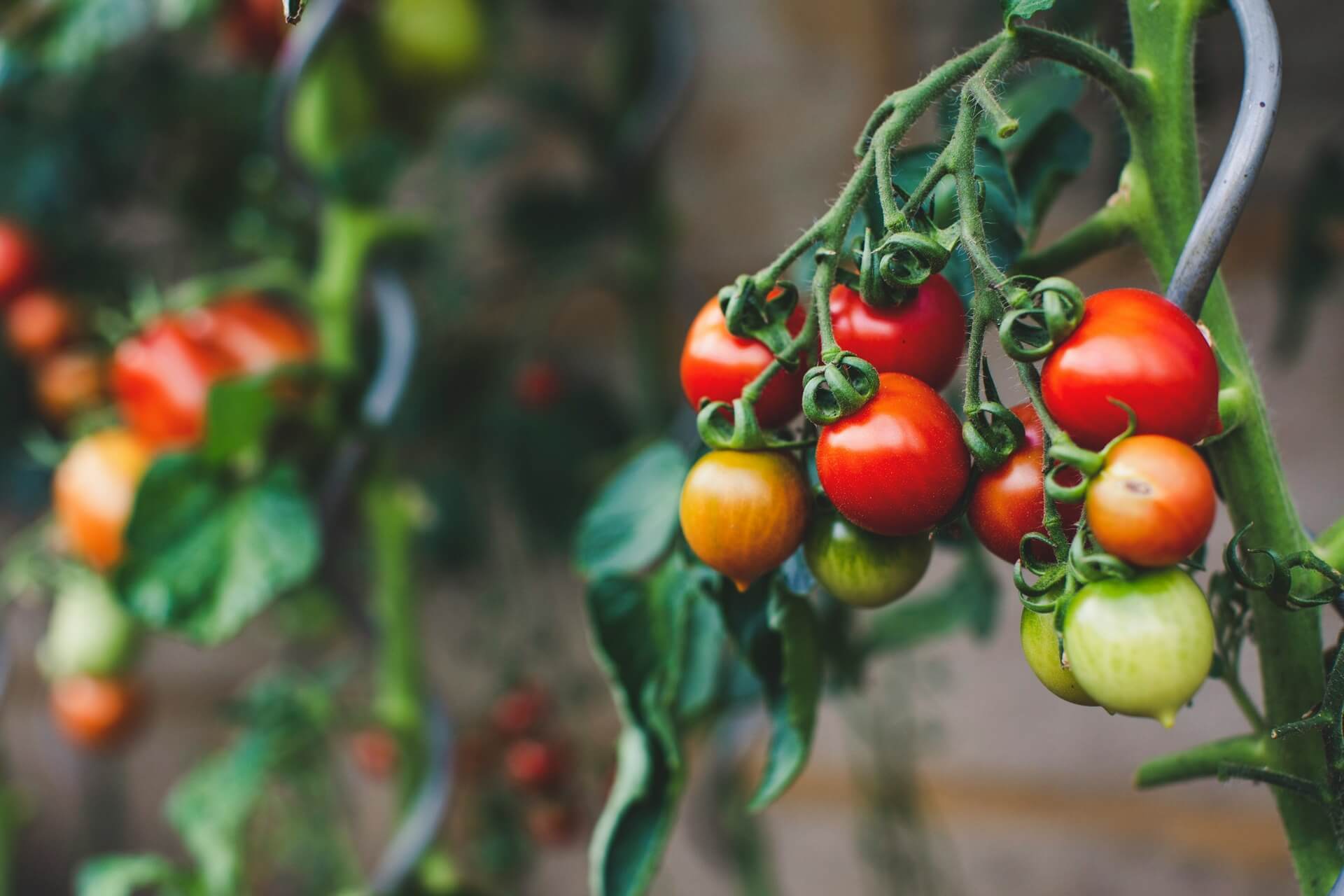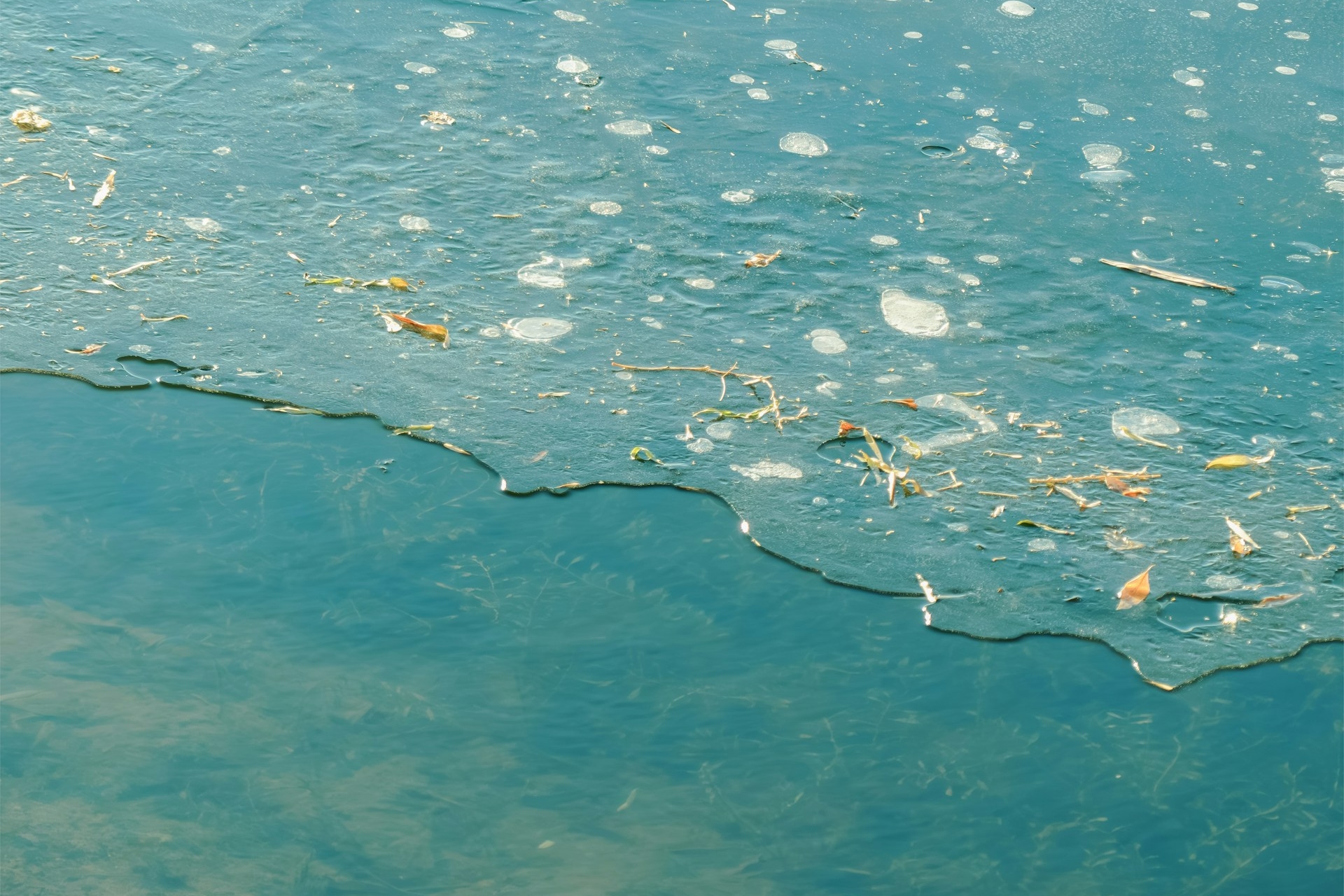
15 Ways You Can Conserve Biodiversity Right Now
November 29, 2024 - Emily Newton
Revolutionized is reader-supported. When you buy through links on our site, we may earn an affiliate commission. Learn more here.
Everyone can help conserve biodiversity, a crucial part of any healthy ecosystem. It’s one of the top concerns in the fight against climate change. Protecting biodiversity is challenging, but there are solutions. All of us can contribute to today’s top biodiversity conservation initiatives, from raising awareness to taking action in defense of key ecosystems.
What Is Biodiversity?
Biodiversity is one of the most important variables we use to determine the overall health of an ecosystem. It describes the range of plants and animals living in a specific habitat. Biodiversity also refers to the degree of genetic differentiation, or variety, between members of the same species.
Ecosystems with a strong biodiversity are better balanced. This means energy and other resources flow freely to benefit and support all life in the ecosystem, including humans. It keeps animals, planets and humans safer, because dangerous plants and animals stay where they are comfortable and where food and water resources are reliable. Caring about biodiversity prevents species displacement and from unwanted wildlife from encroaching on society where it may or may not pose a threat.
They are also critical for supporting the environment’s restoration and growth cycle. For example, if a native species is wiped from an area, it leaves room for invasive wildlife to enter. With native biodiversity absent from the region, the invasive variety has freedom to take over with nothing to push it out and eradicate it.
Take a look at the top 15 ways individuals, organizations and governments can help. Learn how to conserve biodiversity around the world, no matter what your job or home looks like.
1. Protect National Parks and Biodiversity Laws
This is one of the best ways to preserve biodiversity. When nature reserves receive legal protection at the federal level, they become known as national parks. This designation preserves natural habitats with rich wildlife populations, which is vital to conserve biodiversity.
The consequences of allowing human activity to compromise natural habitats can include the loss of entire species and unique ecosystems. This is why the Obama administration made a point to set aside more land for protection than any other president in recent history. This was critical for maintaining biodiversity levels.
The Trump presidency saw many protections for national parks and monuments removed or scaled back. However, President Biden has sought to restore those, and named national park protection as one of his priorities for his first 100 days in office.
2022 saw a major step forward in biodiversity conservation in the U.S. with the bipartisan Recovering America’s Wildlife Act, or RAWA. This multibillion dollar act is specifically designed to protect biodiversity in America. It even includes nearly $10 million in funding for wildlife conservation efforts led by Indigenous peoples and organizations.
2. Improve Awareness of Invasive Species
There are almost certainly several invasive, non-native species in your yard right now. For instance, the tree-of-heaven is a fast-growing and aggressive species native to China. Now, it springs up almost everywhere — and thanks to its dense root structure and quick-growing capabilities, it can choke the biodiversity out of an area in no time.
Property owners need to identify invasive species like these — different states have their own websites to help — and remove them before they can establish themselves. Local governments should have similar initiatives in place for public lands.
Apps are making identification easier, too. For example, there’s one for the Great Lakes region that people can use to track and report invasive species. These tools help conserve biodiversity by reducing the chances that native plants get overtaken.
3. Reconsider Lawns
“Why does Arizona have grass?” asked one AZCentral op-ed from 2018. “Green lawns don’t belong in desert cities.”
Recent research shows that lawns may actually work against efforts to conserve biodiversity. In fact, many landscapers and ecologists refer to grass lawns anywhere as deserts for biodiversity and even ecological disasters. If you want to know what human-style terraforming looks like, grass lawns are a great example.
We will need to revisit our town ordinances, but selectively replacing some grass on our properties with meadow areas would be a huge boon for biodiversity. Plus, grass lawns are a waste of water, fertilizer and gasoline.
Some people have planted eco-friendly ground coverings as alternatives to traditional lawns. For example, clover and buffalo grass are some popular options. Maintaining biodiversity requires societal shifts like this.
4. Restore Damaged Habitats
Another one of the critical functions of government, as far as ecological stewardship is concerned, is to ensure habitats recover after disruption by human activities.
One example of a success story is the reintroduction of wolves to Yellowstone National Park in 1995.After being hunted out of the area and onto Endangered and Threatened lists, the reappearance of wolves in Yellowstone coincided with an explosion in the richness of beneficial life throughout the region.
This included a ninefold increase in the number of beaver colonies and a larger population of elk, both of which have helped reinvigorate additional animal and plant species.
A more recent case involves a project in Florida to restore hundreds of acres of black mangroves after road-building initiatives cut off their tidal access. Besides creating a vital habitat for birds and fishes, the mangroves provide storm surge protection during hurricanes and aid in carbon capture.
Numerous types of biodiversity conservation exist for people trying to restore critical habitats. Some include automation to get the job done faster, such as by using drones to deposit seeds to promote new tree growth.
5. Improve Protections for Ocean Life
Word is getting out that most of the world’s fishing practices are unsustainable. Harmful fishing practices directly impact biodiversity and the health of our waterways — not just what kinds of fish we can bring home from the grocery store.
The rising demand for fish, coupled with worries about overfishing and reductions in biodiversity, has given rise to aquaculture. This is a way to raise fish, plants and animals for food in the open ocean. Aquaculture promotes sustainable fish population levels and helps maintain the health of coastal areas.
Big brands are paying attention to the need for sustainable fishing, too. StarKist recently announced it sources all tuna and salmon from suppliers that meet the Marine Stewardship Council’s sustainable fishing standards.
Additionally, wildlife protection organizations are increasingly calling for more oversight on the depth artificial fishing lights are dropped to. Fishermen frequently use artificial lighting to attract fish in the open ocean. They are increasingly dropping these lights to lower depths to catch more fish, which could inadvertently harm deep sea wildlife and contribute to overfishing.
Another vital component of protecting marine biodiversity is addressing ocean acidification. This happens when high levels of carbon dioxide change the chemistry of ocean water. This may seem like a small change, but it can have a detrimental impact on biodiversity.
Acidification is contributing to the death of the world’s coral reefs, which also face the imminent threat of coral bleaching. Acidification must be curbed to save Earth’s invaluable reef ecosystems.
6. Seed Bank Programs
Seed banks are seen by ecologists and other scientists as an important failsafe against the diminishing biodiversity of plant life. Predictably, the world’s seed banks now face a critical lack of funding. A study by Crop Trust found hundreds of crops relevant to biodiversity and cultivation that are underrepresented or missing from seed banks.
There are 1,750 seed banks in the world protecting over 7 million seeds and other samples. Having them available ensures we can continue scientific inquiry into their characteristics and makes sure at least a minimal population survives extreme conditions.
Terraformation is one example of a company trying to harness the potential of seed banks to slow the climate crisis and make this conservation method more accessible. It packs seed banks and nursery kits into shipping containers and sends them worldwide. Each modular seed bank holds up to 5 million seeds, providing enough to reforest 5,000 acres.
7. Plan for Pollinators
“Save the bees” is a rallying cry across the world. The scientific community views the decline in pollinator populations as a sign of climate change and impending ecological collapse.
By reducing pesticide use and engaging in pollinator-friendly landscaping design on properties and public areas, we can give rise to an even greater variety of plant and animal species. Bees and pollinators are part of the foundation of Earth’s ecology.
Researchers at West Virginia University have also come up with a future-minded plan to help mitigate the effects of pollinator decline. They’re building a six-armed robot to assist humans with pollination in greenhouse settings. The team chose blackberry and tomato crops to test the machine on, noting that it’s possible to produce tomatoes in greenhouses for 11 months of the year, offering plenty of opportunities.
8. Improve Collaboration with Indigenous Peoples
Indigenous peoples play a vital role in conserving biodiversity. On one level, many of America’s most valuable natural spaces were once or currently still are the ancestral lands of Indigenous peoples. These communities have been caring for the wildlife on these lands for generations and understand it better than anyone else. Conservation efforts have a far higher chance of success when they involve Indigenous communities.
Indigenous peoples have a deep understanding of the nuances of biodiversity and how it impacts the environment. They also have a long history of caring for the nation’s natural spaces, building up generational knowledge that is invaluable today.
Government leaders are finally acknowledging the importance of Indigenous communities in conservation. Numerous recent bills have offered funding and support for Indigenous-led conservation programs. The Restoring America’s Wildlife Act is a great example of this, with $9.75 million set aside specifically for collaborative programs with America’s Indigenous communities. The best ways to preserve biodiversity include collaboration.
9. Reduce Harmful Lithium Mining
Lithium is a key component in most batteries today, including the large, high-capacity batteries used in most electric vehicles. Unfortunately, lithium mining has a detrimental effect on biodiversity.
Lithium mining has been connected to water pollution, air pollution, groundwater depletion, soil pollution and high levels of CO2 emissions. Sadly, cobalt and lithium mining operations have also been found to use underpaid, dangerous labor and even child labor.
While transitioning to electric vehicles is necessary to reduce emissions, it cannot come at the cost of entire ecosystems and communities. Next-generation EVs should prioritize using only sustainably sourced lithium or switching away from lithium batteries entirely.
For instance, researchers are working to develop solid state batteries that don’t use lithium at all. Solid state batteries are more efficient and have a higher energy density than lithium batteries, so these would also provide better electrification.
10. Strengthen Environmental Regulations
The domestic policy of the United States sets the tone for other places in the world. The Biden Administration has made the planet a priority. It’s too early to say whether the efforts will bring long-term improvements to conserve biodiversity.
However, as of October 2021, President Biden had enacted 27 environmental policies and proposed 25 others. He has also overturned several actions taken under Trump that thwarted or rolled back environmental progress.
Classifying emperor penguins as a threatened species to give them more protection is one of Biden’s proposals, and the administration has already successfully ended industrial old-growth logging in Alaska’s Tongass National Forest.
It’ll be interesting to see what other progress occurs during the later phases of this presidency. Will it be enough to position the United States as an environmental leader and encourage other nations to follow suit?
11. Keep Indoor Pets Indoors
You might not think of how your dogs or cats could conserve biodiversity, but it is important to set boundaries. Cats, in particular, are voracious hunters. While this is their instinct, releasing them in environments where wild cats are not supposed to be is dangerous for biodiversity. Keeping cats indoors when possible is essential, and the same goes for dogs unless being observed for their daily activities or out for a walk.
12. Engage in Eco-Tourism and Green Travel Options
There are several big-picture ways to conserve biodiversity, and this is one of them. Investing vacation funds into harmful industries should be avoided. This includes supporting shows that abuse animals, using the most environmentally damaging forms of transportation when it isn’t necessary, and staying at hotel chains that actively destroy habitats for expansion.
13. Stay Informed About New Pollutants
Everything from new consumer products to medicines introduce novel pollutants into the environment. Dangerous chemicals and substances could come from new skincare products or a medicine that just got approved by the FDA that year. These deceptive shifts in consumer interests could force never-before-seen contaminants into nature that impact biodiversity as people carelessly throw items away.
Some modern examples include PFAS, a substance common in food to-go containers. Even though knowledge about microplastics has become commonplace, as seen in hand sanitizers and cookware, research has only entered its first phases in a few places in the U.S.
14. Learn About Native Species
Knowing what species are native to your region is just as important as keeping up with the news on invasive varieties. Native species are responsible for so much, including keeping the food chain in order, strengthening the soil, holding onto clean water for groundwater recharge, producing health crops and so much more.
15. Support Local Farmers
Local farmers are experts in growing the best produce designed for the area. When people default to purchasing from massive food brands, it produces a negative chain reaction.
First, no business for local farmers means small companies could shut down operations. When the land isn’t farmed, curated or supported by nutritive species, it won’t get the nutrients it needs to be resilient against the climate crisis. Many places used to be able to stay supported by native species alone, without human intervention. Ecosystems were self-sufficient. However, the land can’t keep up with urbanization, pollution and anthropogenic climate change.
So, when people don’t support the land by planting the right crops to strengthen the Earth, then it can’t support biodiversity. Species leave, attempt to find new homes and potentially suffer in the process.
The Effort to Conserve Biodiversity
To say this is an unfortunate time to dig in on anti-environment rhetoric would be an understatement. As time goes on, it’s becoming more urgent for voters to single out candidates who are serious about preserving Earth’s ecosystems and making plans to help the planet recover from humanity’s presence here.
Editor’s note: This article was originally published on September 26, 2019, and was updated November 29, 2024, to provide readers with more updated information.
Revolutionized is reader-supported. When you buy through links on our site, we may earn an affiliate commission. Learn more here.
Author
Emily Newton
Emily Newton is a technology and industrial journalist and the Editor in Chief of Revolutionized. She manages the sites publishing schedule, SEO optimization and content strategy. Emily enjoys writing and researching articles about how technology is changing every industry. When she isn't working, Emily enjoys playing video games or curling up with a good book.







